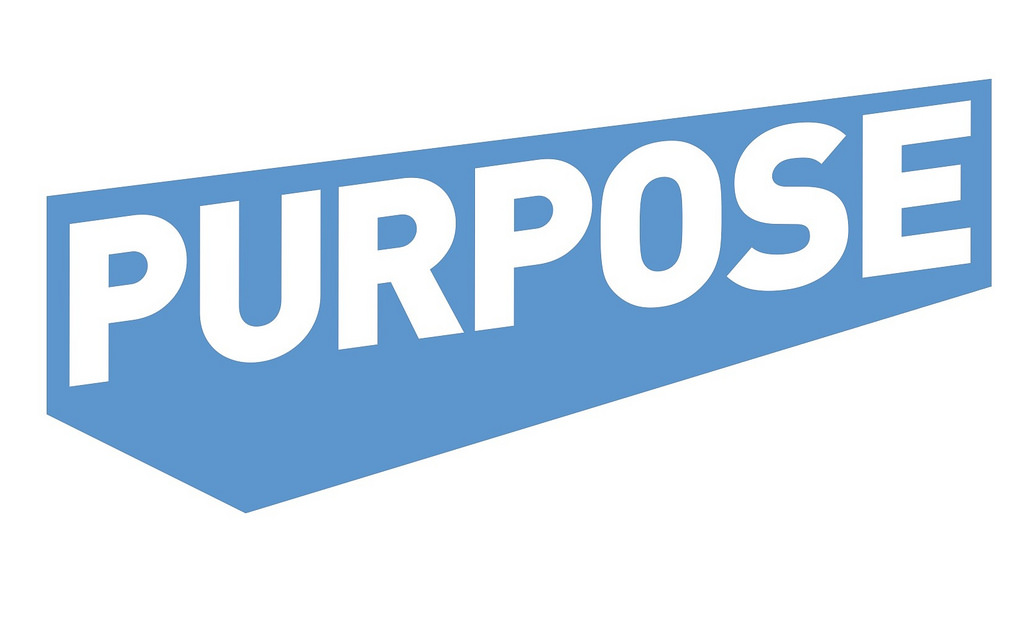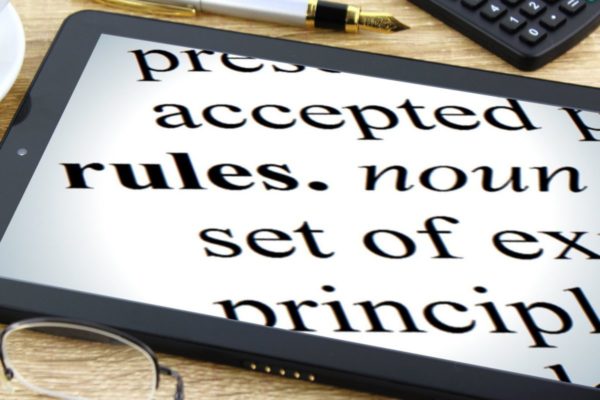By Renée Stackhouse
The best explanation that I’ve seen about the definition and interrelationship between diversity and inclusion is this1:
Diversity is the who and the what; who’s sitting around that table, who’s been recruited, who’s being promoted and who we’re tracking from the traditional characteristics and identities of gender and ethnicity, sexual orientation and disability — inherent diversity characteristics that we’re born with.
Inclusion is the how; inclusion is the behaviors that welcome and embrace diversity. It is the active, intentional and ongoing engagement with diversity.
Jane Silber quipped, “The difference between diversity and inclusion is being invited to a house and being able to rearrange the furniture.” Verna Myers similarly said, “Diversity is being invited to the party. Inclusion is being asked to dance.”
The important distinction is that ability to effect change, to create movement, and to participate meaningfully requires inclusion.
This is a relatively new concept and it seems to be generational in nature. The boomer and Gen-X viewpoint has been categorized as that diversity was a representation of fairness and protection to all and that it was the “right thing to do” regardless of whether it benefited the business. But the focus still remained on fitting in once you were brought into the fold.2 Millennials, on the other hand (who in 10 years will comprise nearly 75 percent of the workforce), want acceptance for who they are and feel it is unnecessary to downplay their differences in order to get ahead.
Companies can expect to see tangible results (either way) depending on their diversity and inclusion policies and implementation. According to a Deloitte and Billie Jean King Leadership Initiative Study3, 83 percent of millennials are actively engaged when they believe their organization fosters an inclusive culture, compared to only 60 percent when their organization does not foster that type of culture. A recent Gallup study has cited that the cost of disengaged employees adds up to $483-$605 billion per year in lost productivity.4
Not only is inclusion important for engagement and has an effect on the corporate bottom line, but it’s vital to sustaining diversity in the legal profession.
Let’s take women in the law, for example. According to studies, women are about 56 percent of the enrolling first-year law students, and women have comprised 40 to 51 percent of the law school graduates in California for the last 20 years (growing to over 50 percent in the last few years). And yet, only about 36 to 40.6 percent of the lawyers in the state are women. Women are leaving the profession. This is especially true for women of color. More than 75 percent of women of color leave their (private) law firm within five years and 85 percent of women of color leave private law within seven years.5
Building pipelines for diversity has become a catchphrase and a box to check, but it’s not enough. Think of it this way: The diversity pipeline is the roller coaster heading up to the highest peak but if we don’t incorporate the inclusion aspect then the tracks end and the roller coaster plummets to the ground. We’re setting ourselves up for failure if we don’t utilize, accept and appreciate the diversity that is brought to the table.
Read More






